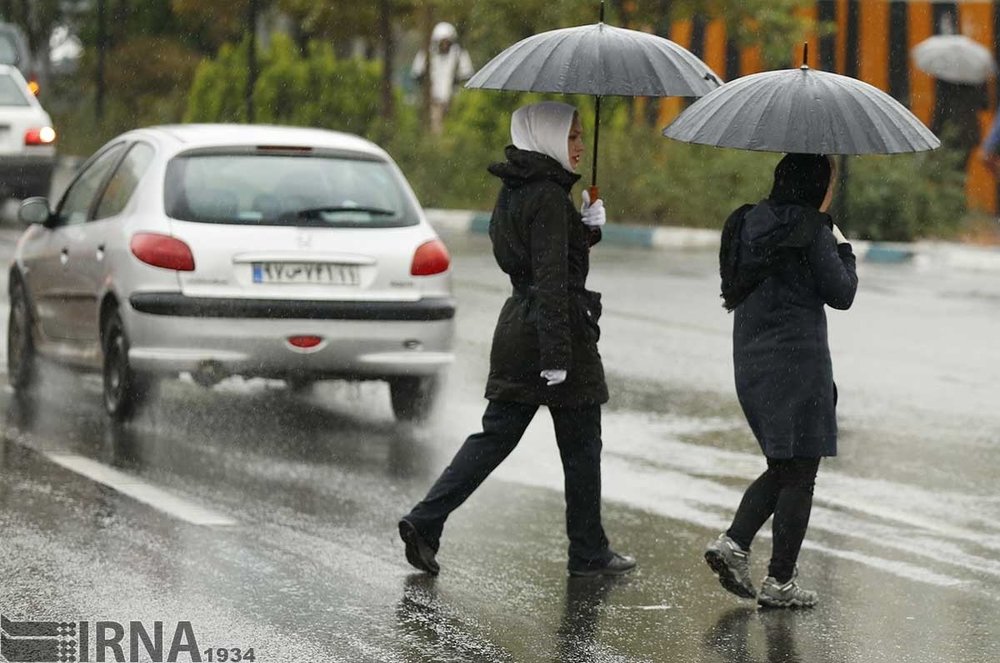Average precipitation in Iran falls by 29%

TEHRAN — Iran’s mean precipitation have dropped by 29 percent compared to the long-term average, the head of the national center for drought and crisis management, affiliated to the meteorological center, has said.
In an 8-month period (September 23, 2017- May 21, 2018) the country has received 151.5 millimeters of rain while the long-term averages are 214.6 millimeters which indicates a 29-perecnt drop in mean precipitation nationwide, Sadeq Ziaeian said, ISNA reported on Friday.
Last year over the same period the country received 203.8 millimeters of rain, Ziaeian said, this also shows 25 percent decrease compared to the corresponding period last year.
Provinces of Sistan-Baluchestan, Kerman, Hormozgan, and Fars are suffering serious rainfall shortages with 71 percent, 67 percent, 66.5 percent and 56 percent drop respectively, he added.
On the other hand provinces of Zanjan, Ilam, Hamedan, Ardebil and Kermanshah met normal average, and three provinces of East Azarbaijan, West Azarbaijan, and Kordestan have received above-normal rainfall with 16.6 percent, 14.7 percent and 12.8 percent increase in mean precipitation amounts.
In mid-April, 13 provinces of Iran were poured with rain or even blanketed with snow. According to the data released by Iran Water Resources Management Company, precipitation exceeded some 10 billion cubic meters from evening of April 11 to evening of April 13, which was unprecedented for a 2-day period.
At the same time, the country’s meteorological organization has announced on average the whole country reported below-average rainfall- less than 45 percent of the average compared to the same period in the long run (a period of 30 years) which makes the winter and autumn one of the driest seasons in the aforesaid period.
In late March, the national climatological research institute announced that much of the country should expect higher than average temperatures as well as less precipitation this spring projecting that almost all regions temperature is projected to rise above long-term averages by 1.5 degrees Celsius.
However, the rainfalls, affecting almost all the country over the past two months of the spring (March 21-May 21) has helped in compensating some of the shortages, however, many still believe that the summer will be drier than ever especially in southern cities.
MQ/MG
Leave a Comment